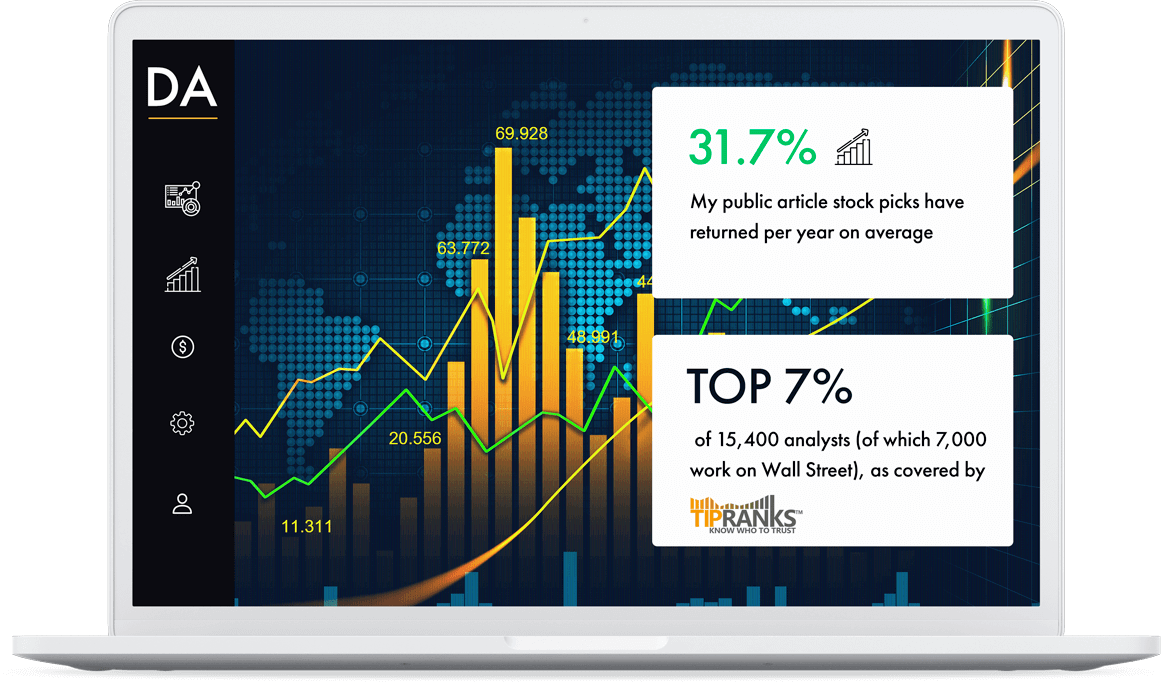My personal goal
My investing goal is to live off the dividend income that my portfolio produces. Therefore my investing success is measured by dividend income received – not stock price movements. That makes dividend safety a crucial component of successful investing. Identifying companies that not only pay generous, growing dividends – but can also maintain them even during difficult economic periods. I am not overly concerned about the volatility in the stock markets. However I do have to closely monitor the business performance of the companies I own. Their business performance and balance sheet strength is what will allow the continuous payment of dividends.
The 13-Step Dividend Investing Checklist that I use for analysing potential investments can be found here for FREE.
Are dividends always safe?
Dividend payments are never promised, unlike bond coupons. Management decides on the amount of dividends paid every quarter. However, companies like to pay and continuously increase dividends to attract investors, especially in the US. Cutting or suspending dividends is usually a last resort. Long dividend growth records attract investors and a dividend cut is something that will cause a lot of investors to sell.
How to determine dividend safety?
The dividend safety is usually calculated by the percentage of earnings the company pays out as dividends and the company’s debt levels.
As a dividend investor I prefer to use the payout ratio of the free cash flow instead of earnings. That’s because dividends are really paid out of free cash flow. Earnings account for non-cash charges such as depreciation and amortization as well.
The free cash flow payout ratio gives a snapshot of current dividend safety. It shows how big of a percentage of the profits left after accounting for keeping the business running is the company is paying out as dividends.
FCF payout ratio
For example, Apple(AAPL) generated $12.31 free cash flow per share in 2019. Dividends paid during the same time period amounted to $3 per share.
$3 is around 24% of $12.31 so Apple’s FCF payout ratio is roughly 24%.
That means Apple paid out only 24% of the free cash flow generated, a very safe level.
All things equal, the lower the payout ratio, the safer the dividend. I prefer payout ratios to be <60% as a rule of thumb.
Debt levels
High debt levels can also be a threat to the dividend sustainability. If the company and/or the economy is going through a tough period, debt can really become a problem. Debt repayments are rightly prioritised to dividend payments. As the company starts to struggle to repay its debt, dividend might be sacrificed.
Debt levels should be measured with different ratios and judged accordingly to the sector it operates in. I present the way that I like to get a broad overview of the debt levels, before diving deeper into the financials. There are 3 ratios I personally like to use for evaluation of debt levels.
Ratios for debt levels
Debt-to-Equity is calculated by dividend total liabilities by the shareholder’s equity. It shows how much is debt used in financing the company’s operation versus the equity owned by shareholders.
The lower this ratio the better. I personally prefer to invest in companies with Debt-to-Equity ratio of <50%.
Interest Coverage measures how easily the company can pay the interest on its debt. The higher this ratio the better. I like to see interest coverage higher then 8x from my investments.
Debt-to-EBITDA ratio shows us how easily a company could pay off the entirety of its debt, if it wanted to. It takes the yearly earnings before interest, taxes, depreciation and amortization and compares it to the company’s total debt levels. The number we get shows us how many years would it take for the company to pay off all debts at current earnings levels. The lower the better. I want to see this number below 3, when evaluating debt levels.
Example of debt level analysis
Let’s evaluate debt levels using the famous financial services company Visa(V).
As of December 2019, Visa had a total of $16.7 B of liabilities. During the same time, Visa had $35.3 B in shareholder equity.
Debt/Equity 16.7 / 35.3 = 47% which is below the 50% threshold that I use.
Visa’s EBIT for the quarter ended in December of 2019 (earnings before interest and taxes) was just over $4000 M and the interest expense for the same time period was $111 M.
Dividing EBIT of $4000 M by the interest expense we get the Interest Coverage ratio.
Interest Coverage 4000 / 111 = 36x which is way above my minimum requirement of 8x coverage.
Visa’s annualized EBITDA (earnings before interest, taxes, depreciation and amortization) for the quarter ended in December of 2019 was $16.8 B. We already calculated the total debt levels earlier, which amounted to $16.7 B.
Debt-to-EBITDA 16.7 / 16.8 = 0.98 which is well below my maximum threshold of 3.
These ratios give a good initial overview of the balance sheet strength. However, a deeper dive into the financials is required before I can fully understand the company’s debt situation and dividend safety.
Dividend safety during the 2020 coronavirus pandemic
At the time of writing, the economies around the globe are reeling from the effects of the coronavirus pandemic. There is no precedent for this situation. In an economic downturn, business earnings take a hit. However in the current environment, the economies are largely shut down therefore earnings are non-existent for certain sectors. Nobody is travelling, going out for dinner or to the cinema. We have to look at dividend investing through this lens. Many companies have no way of knowing when they will be able to generate revenues again. Automotive parts manufacturer Lear was one of those companies that was hit hard by the economic lockdown. Factories are closed and no cars are being sold. Even though the dividend was well covered and the balance sheet not overly levered, they decided to suspend the dividend as they look to weather this current storm.
My approach to dividend cuts/suspensions at the time of coronavirus
As I don’t need the dividend income to live off in this moment, a temporary dividend suspension will not mean that I sell that holding immediately. Looking at the current situation, I will be making buy/sell decisions on an individual basis. I keep monitoring the business performance and balance sheet strength of the companies I own.
Disclaimer: This is NOT a recommendation to buy or sell any shares. You can lose a part of or all your invested capital. I am not responsible for the accuracy of any of the figures presented in the article. I am not a financial professional of any kind. Any stock transactions or analysis published should NOT be considered to be investing recommendations. Before making any investing or financial decisions, contact an appropriate professional. This website should be viewed for entertainment purposes only.






